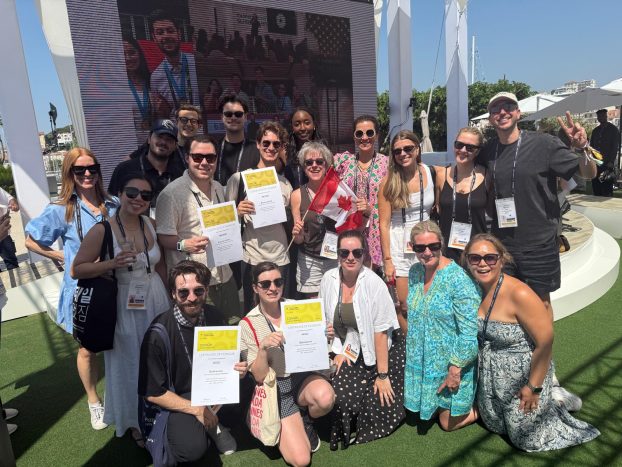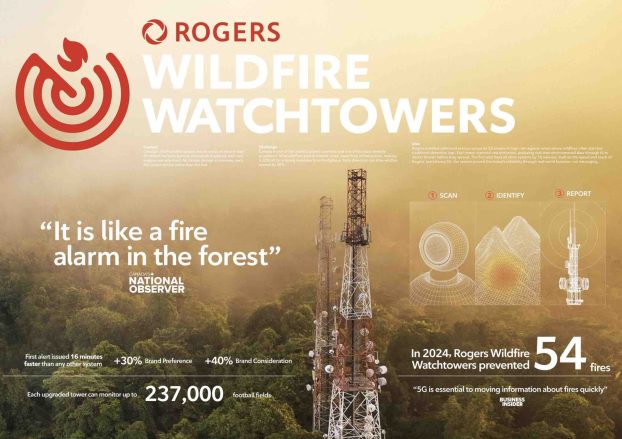An eager suit walks into a copywriter’s office and says, "Do you need anything else? Was the brief enough?"
The writer looks up to see who is interrupting him and replies "#&%$ off," before returning to his work.
The suit, stunned, pauses a moment, and replies, "I think I could add that to the brief under ‘Tone and Manner.’ Let me call the client and see what she says. If it’s cool with her, I’ll be all over that for you."
The suit leaves with a smile and two thumbs up.
That scenario just about covers the worst of two great worlds – creative and account management. Two very different worlds, each with its own place. Yet together, along with some help from their friends, they can create kick-ass advertising. The problem is that, sometimes, getting there can be a long and temperamental road.
I once worked with a creative director who liked to tell his staff that it is the highlight of an account person’s day to spend time in the office of a creative person. (He underestimated the heights to which a suit’s day can climb.)
Aside from brain farts like that, he was a pretty smart guy. It was he who once said that agencies don’t put their meetings on reels – they put their creative on reels. And on that point, he hit on the essence of an agency’s product – creative that breaks through and does the job. This is the end goal for account people and creatives alike.
Almost every agency I have ever worked for has suffered from the "us versus them" mentality. Account people complain that creatives use briefs to recreate Picasso in the medium of origami. Creatives complain that suits don’t have any vision unless that vision is included as a bullet point list on the brief.
There is one universal truth in advertising. Brilliant creative can only result from a great brief. Account people write the briefs and creative people bring them to life.
One would think there should be a way for these two groups, whose only interest is the best product for the client, to work together without maiming each other. But that’s often not the case. So here’s my advice, learned the hard way, for those fresh-faced suits who dream of making creative people love them.
Write a good brief. Make sure that you include a positioning statement that is actually a positioning statement. Your objectives must be focused and single-minded. The best briefs are brief briefs. Keep it to one page wherever possible. Make it interesting. One suit I worked with created a TV brief that was a board game. And have fun as you’re presenting your work to them. People are people and everyone likes to laugh – as opposed to dozing off.
The brief is also your opportunity to show off what you do best – big-brain thinking. Creative people respect insight that helps them to find creative solutions.
And while it might seem obvious, make sure that your client approves the brief before it’s presented to the creative team. Of course, there’s a corollary to that: If you don’t know, don’t guess, and certainly don’t second-guess the client. Find out the right answers before sending creative people off in the wrong direction. People can get dead that way, just so you know.
Here’s another useful tip: Read the lay of the land. Never barge into a creative person’s office and interrupt what’s happening. They’re busting their brains creating stuff. If you approach a creative person and get some eye contact and a smile, proceed. If you get a spit-dripping snarl, back out slowly and ask for some time later on. And, for the love of all things good and decent, don’t ask for changes in 15 minutes.
If you can’t say anything nice, don’t say anything at all. When you’re looking at initial concepts, you’re looking for a few specific checks. Does it deliver on the objectives outlined in the brief? Is it within the brand character? Does it satisfy the broad executional requirements outlined in the brief? If the answer is "yes" to those questions, your opinion is irrelevant – unless it’s positive. Creative people work hard, and what you see on paper is more personal to them than you know. If you like it – tell them. They’ve earned those squeals of delight.
Point out roadblocks. You may see something that, while it satisfies all the requirements of the brief, you think your client just won’t buy. Don’t kill the concept willy-nilly, because you could be wrong. Instead, offer this information as background and help the creative people to overcome potential objections.
Understand changes. Your job is to facilitate creative genius. If you take changes and pass them along verbatim, you’re not doing your job. You must understand why changes are being requested and you must challenge your clients when changes don’t make sense or are subjective, personal preferences. The creative people will certainly challenge you if they see illogical copy or layout changes.
You’re not a writer and you can’t direct art, even if your mother thinks so. If you make creative changes on your own, the good news is that you might become eligible for long-term disability payments. Let no amount of urgency preclude you from ensuring that any changes are made by creative people who know what they are doing. No matter how minor you think a change is, this is what creative people do. Make sure that the creative director (along with your boss) has seen and approved everything that leaves your agency.
Pick your battles. If you’re going to go toe-to-toe with a creative person, make sure you’re right. In the end, you are the champion of the brand and, sometimes, creative people can be wrong. Stand your ground and know your stuff. Give logical arguments that are grounded in the strategy, not opinion, and you’ll win the day.
Give massages. It’s been my experience that tired and stressed creative people love to have a nice shoulder rub while they’re working. If you’re thinking that you could be sued for sexual harassment or maybe you just don’t like to touch people – buy them a coffee or something instead. The point is that creative people have talent that we suits just don’t have. They work hard. They deserve our appreciation because we’re nothing without them (and vice versa, to be sure).
We all know that this business is a people business. Internal relationship-building is just as important as your relationships with your clients. Understanding the needs of those you work with and answering those needs is all you have to do in order to have positive and successful experiences working with creative types.
It’s true. Some of my best friends are creatives.
Pamela Davis is an account director at FCB Direct in Toronto. While she has ducked flying boardroom chairs and survived countless, less physically threatening, creative outbursts, Pamela lives to be part of the creative process and has taken the greatest satisfaction in having worked with, and learned from, some of the best creative minds in the country.




























